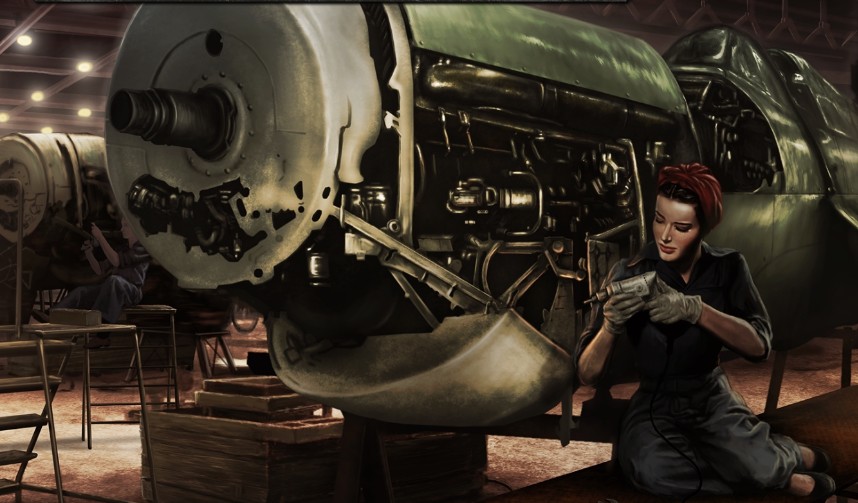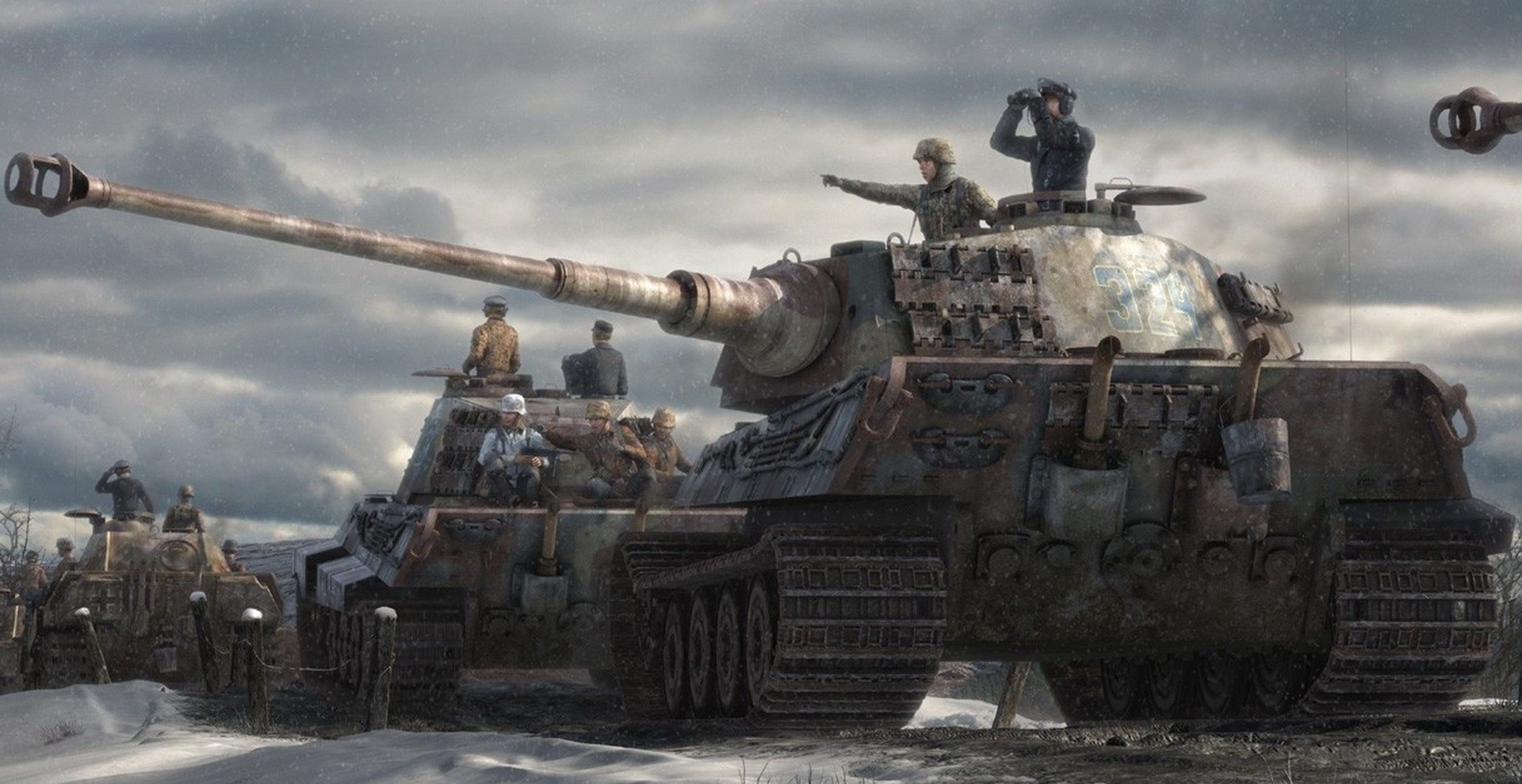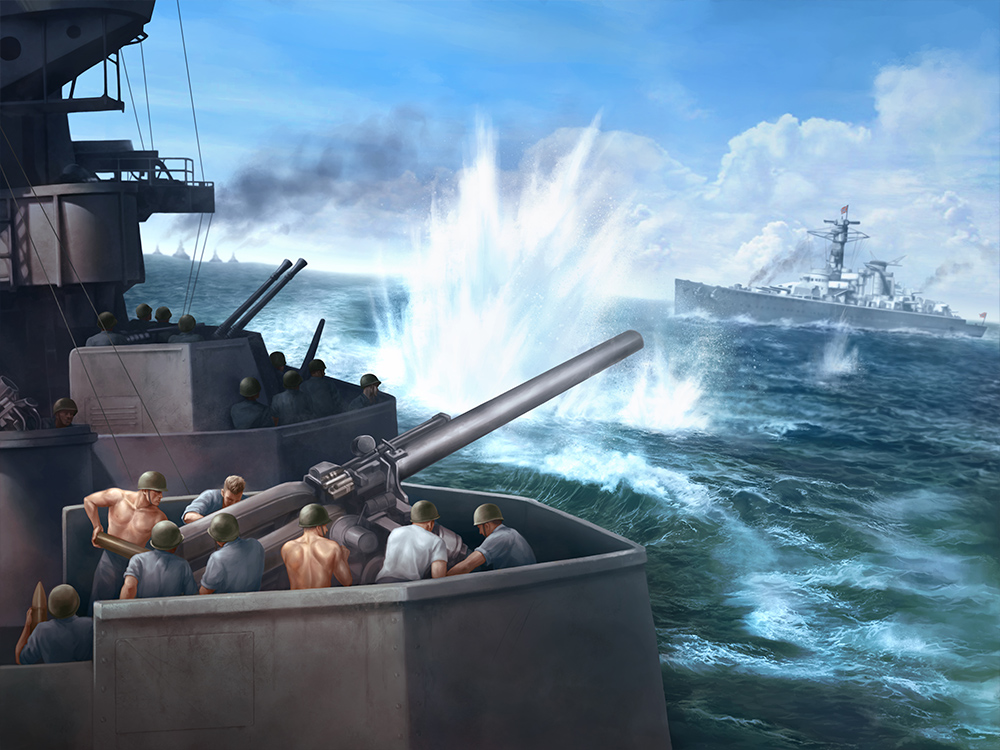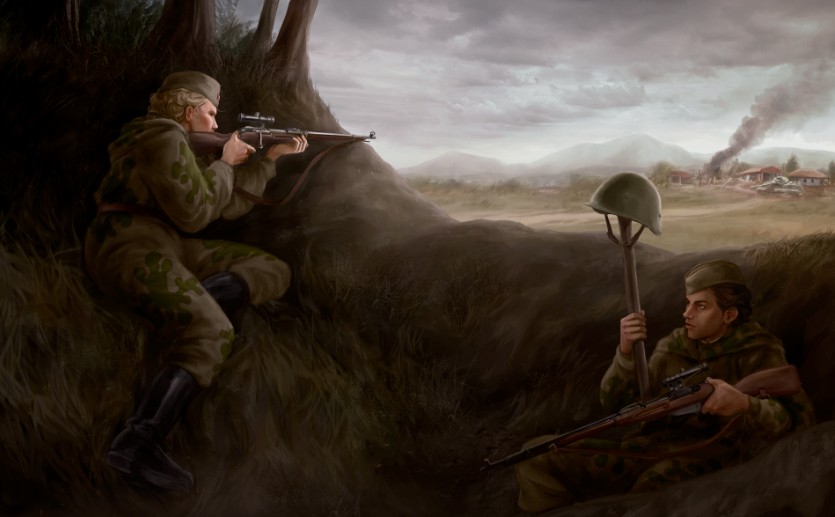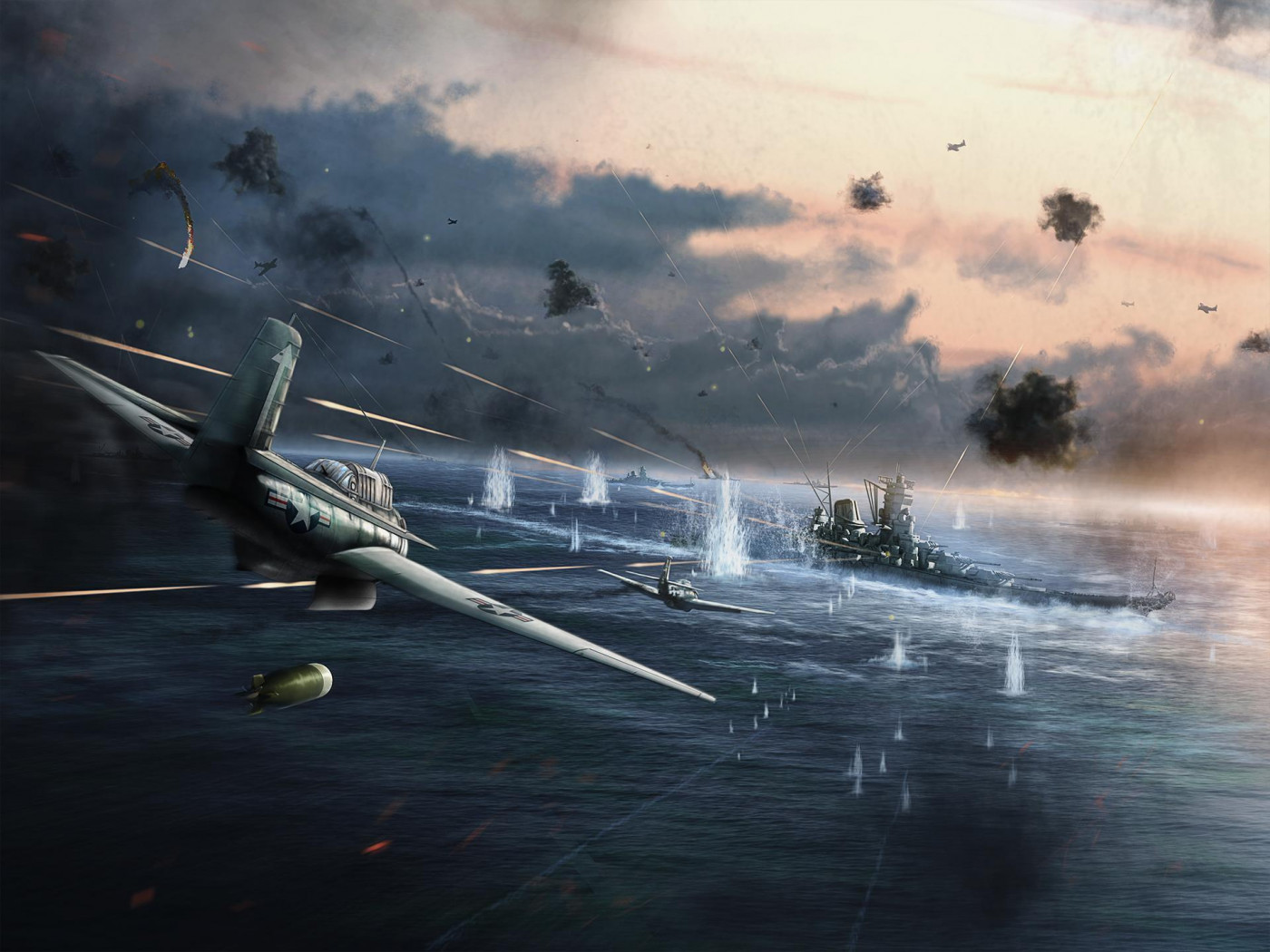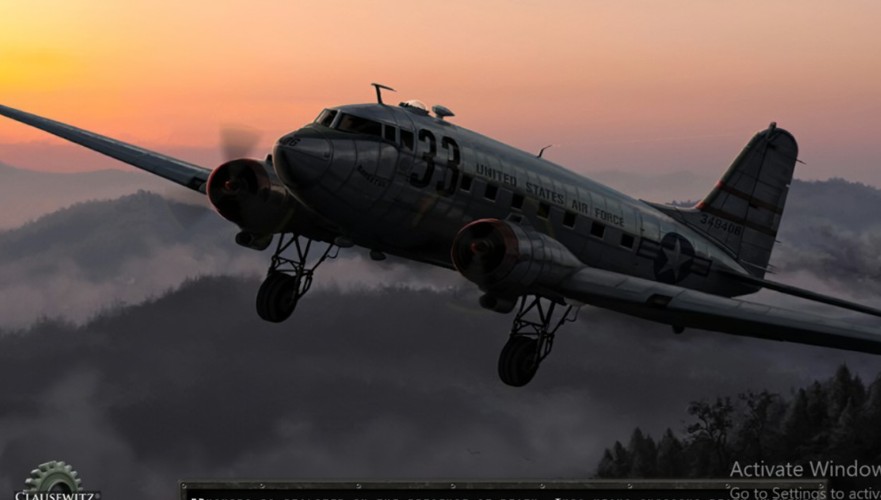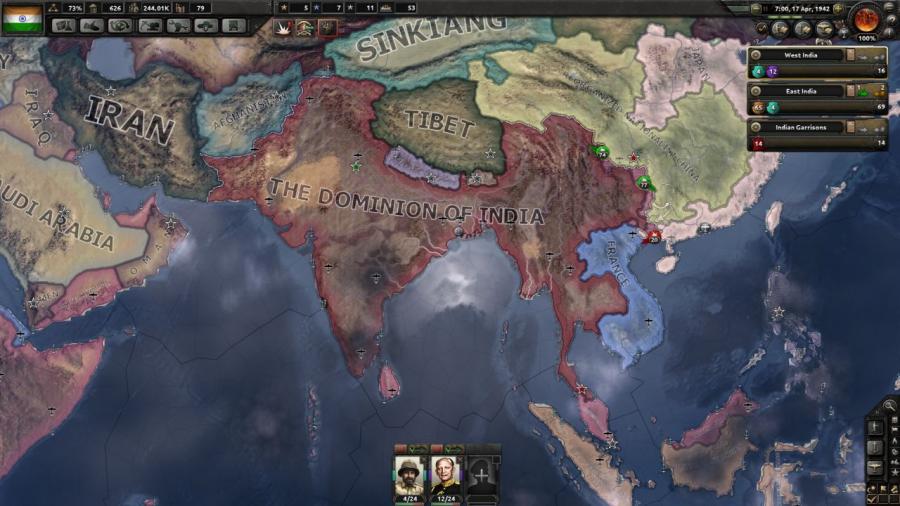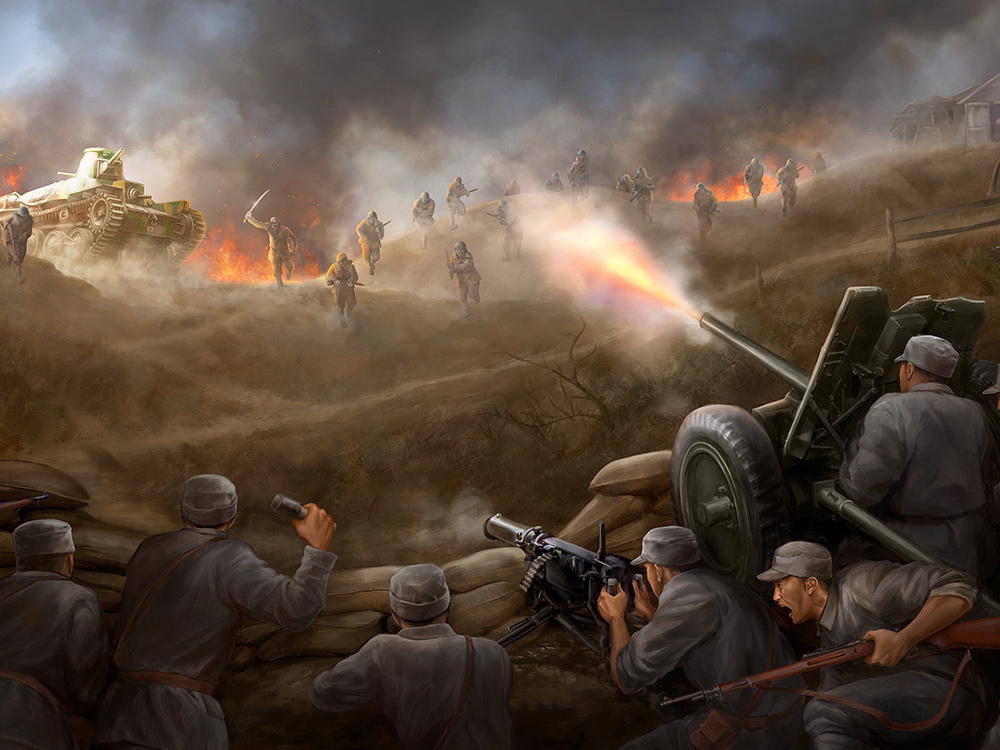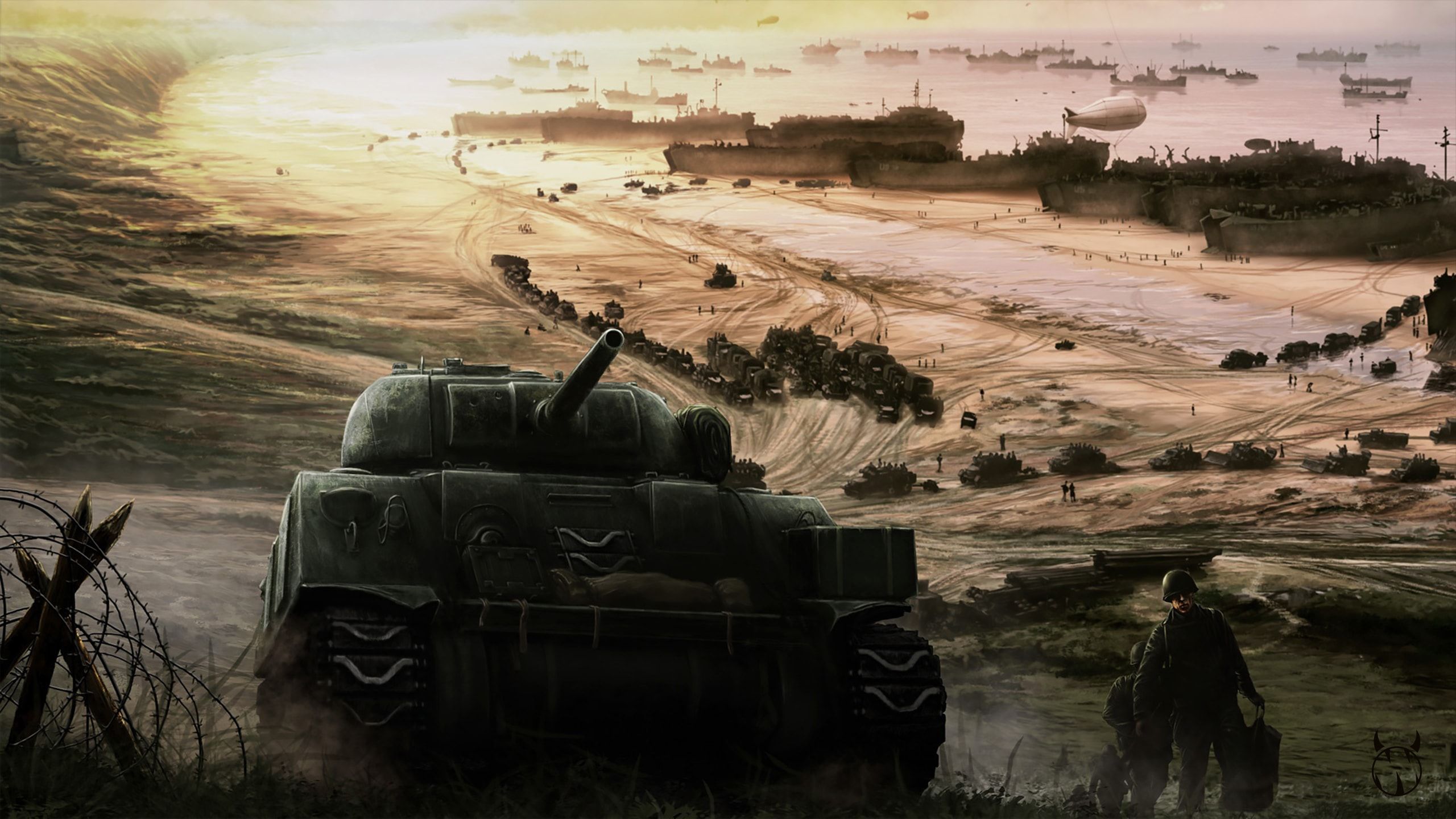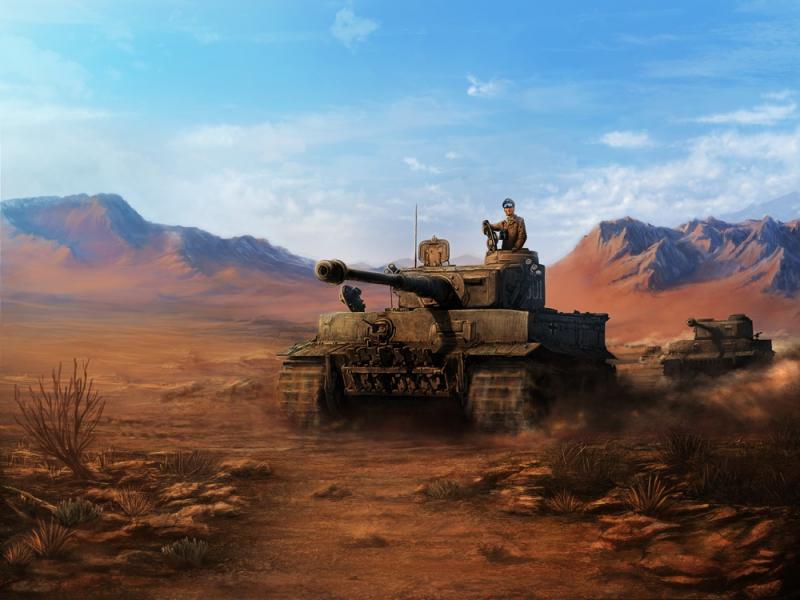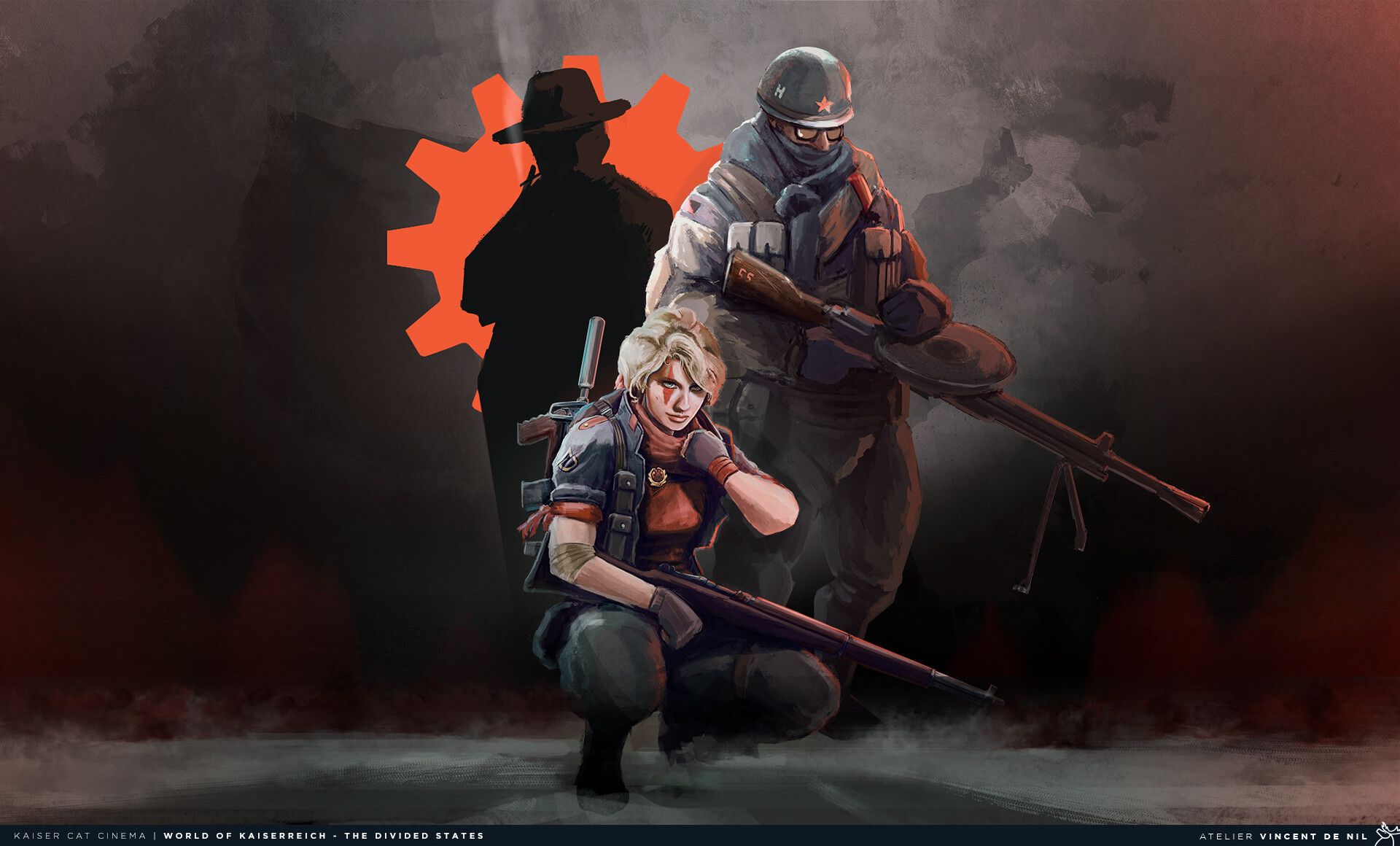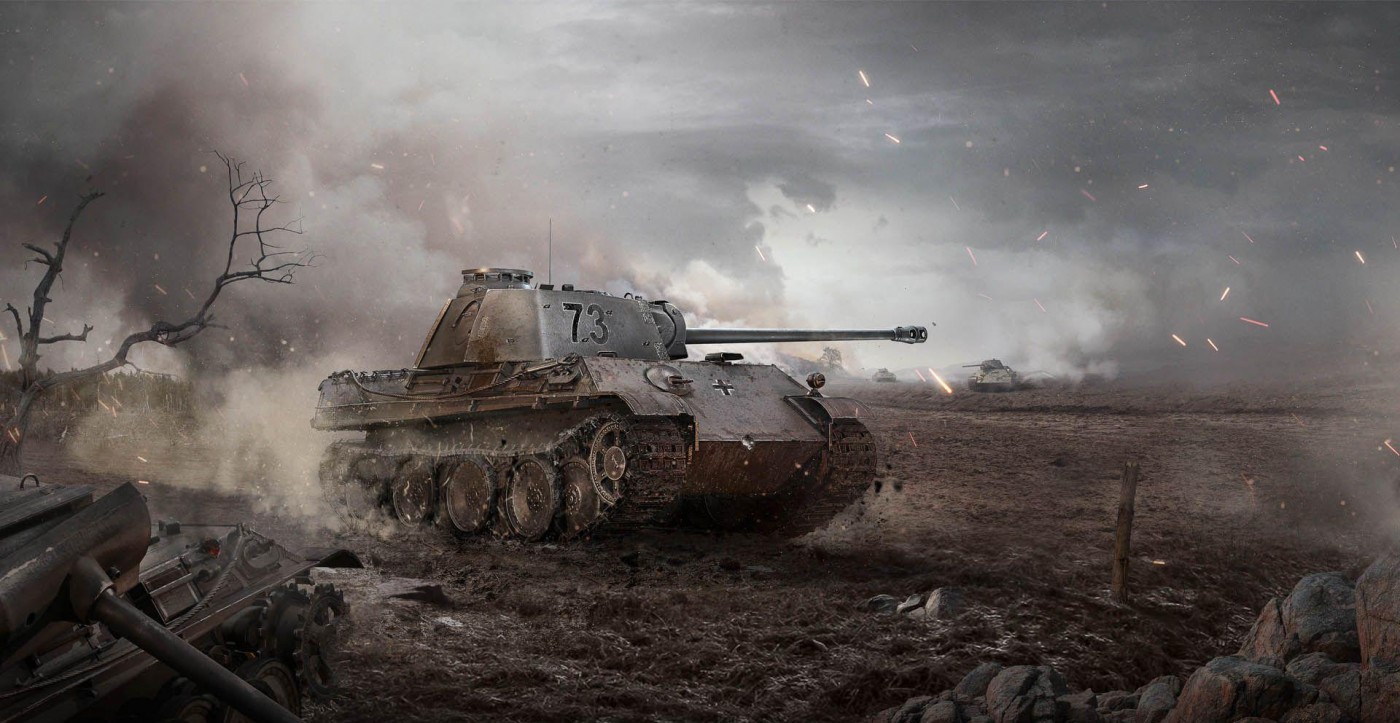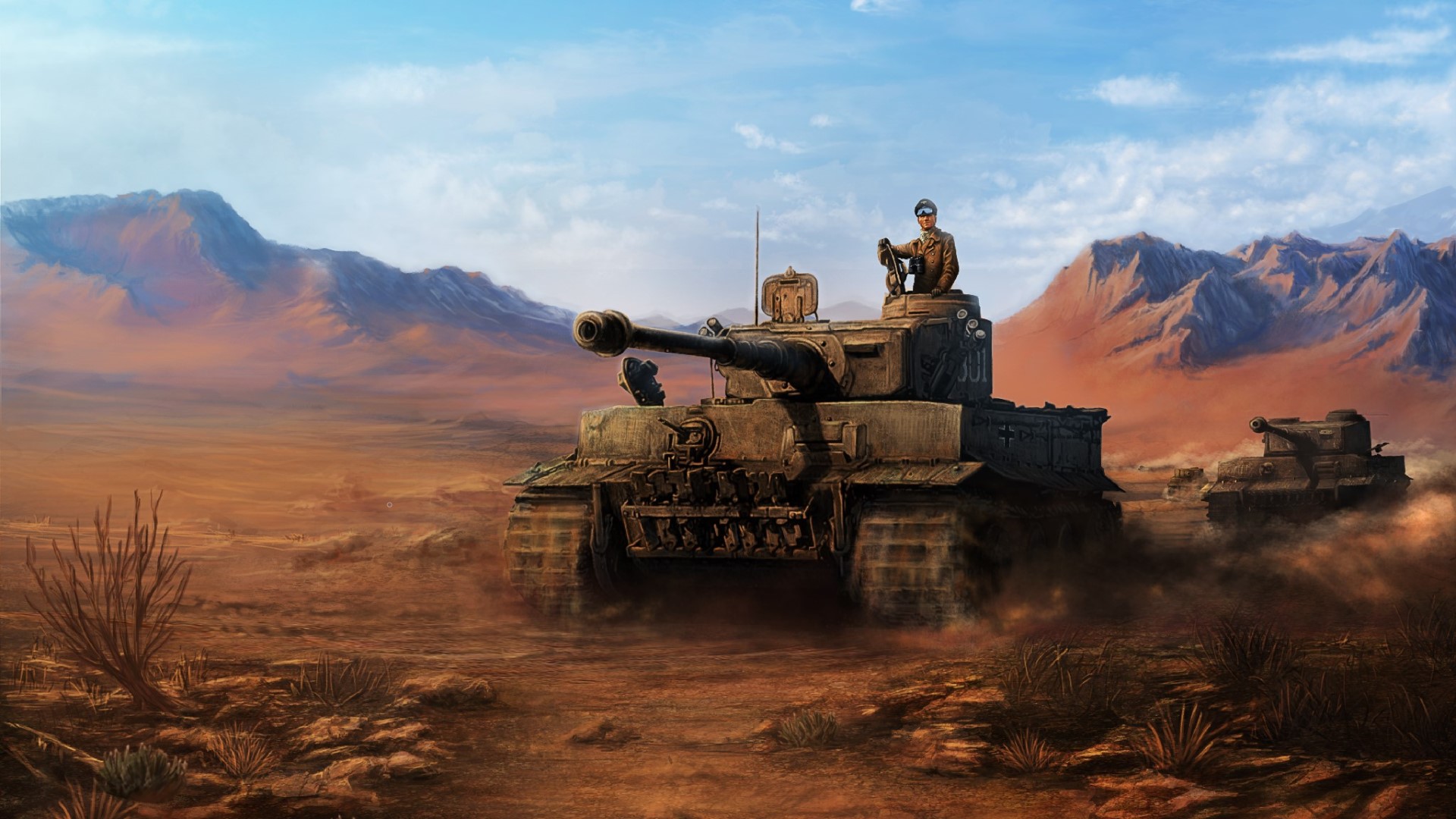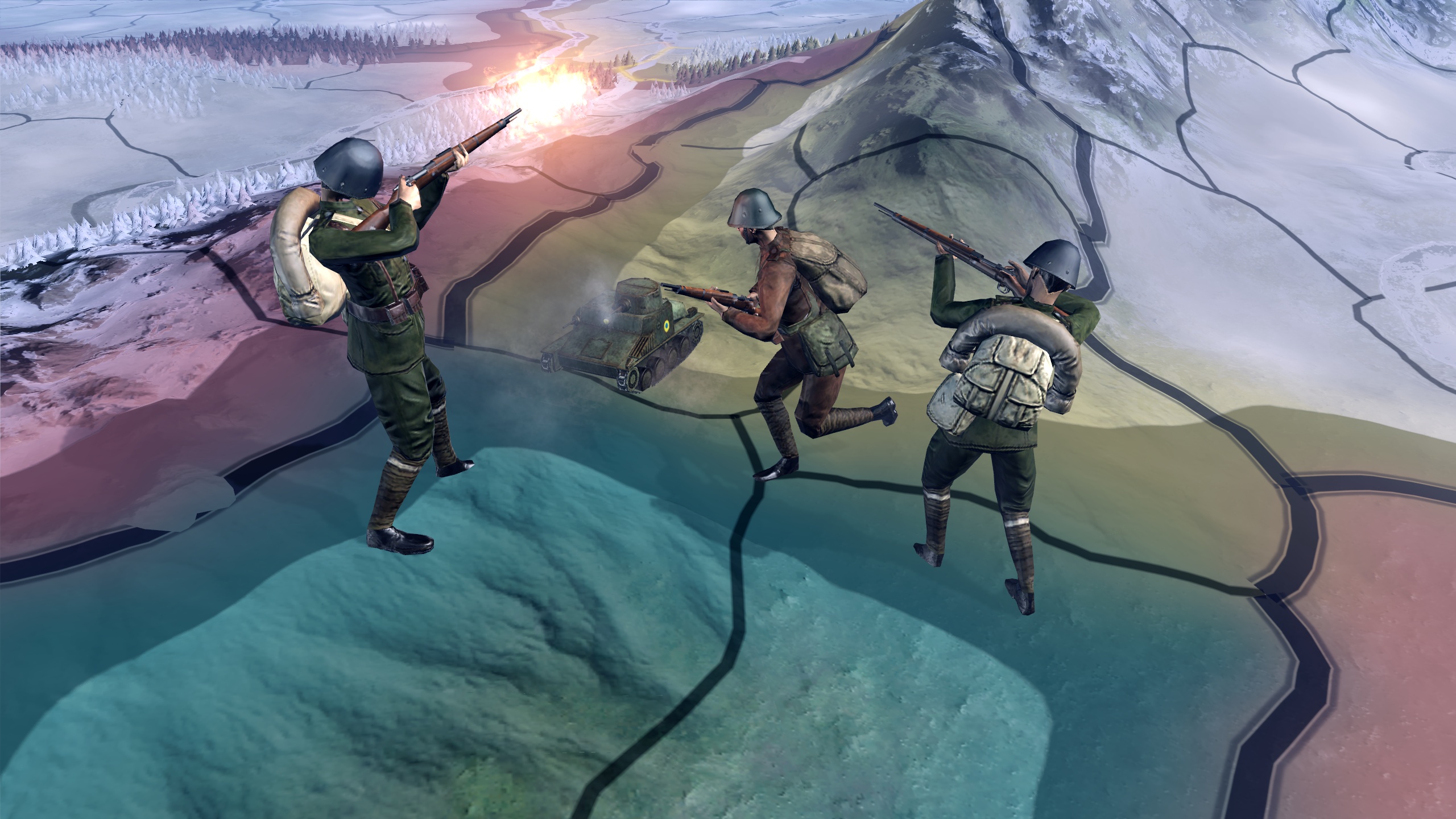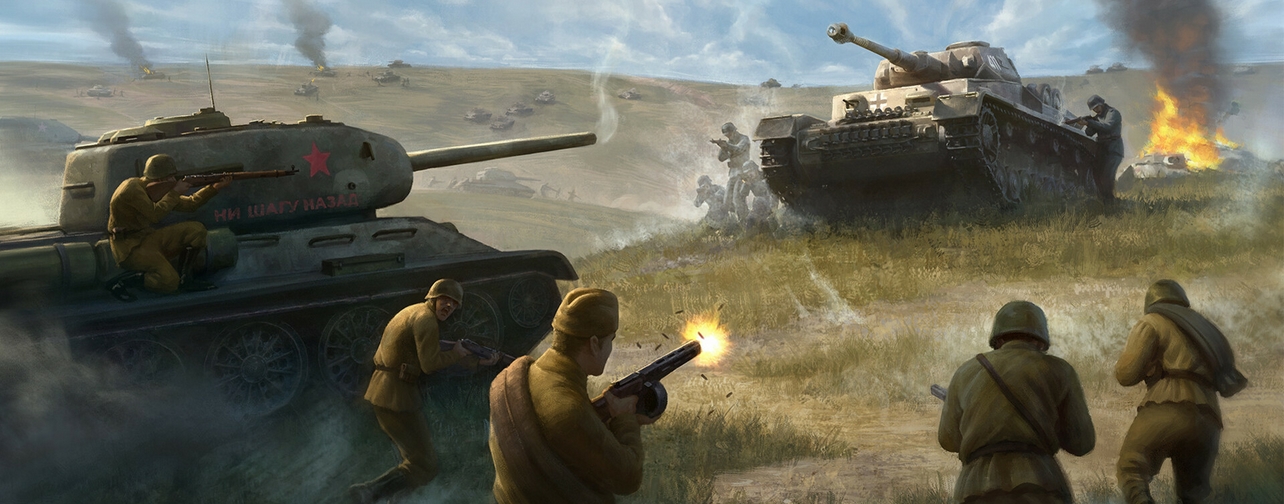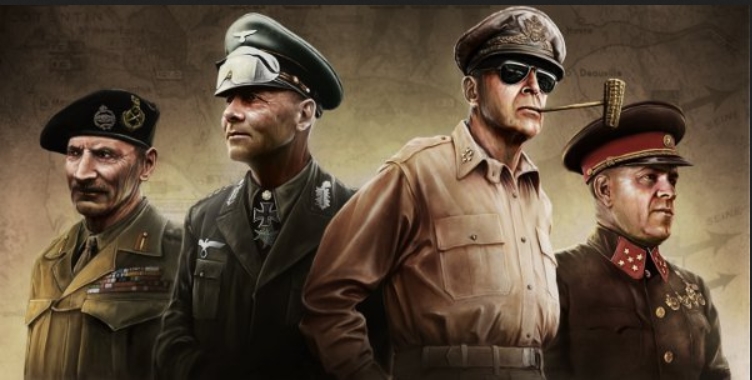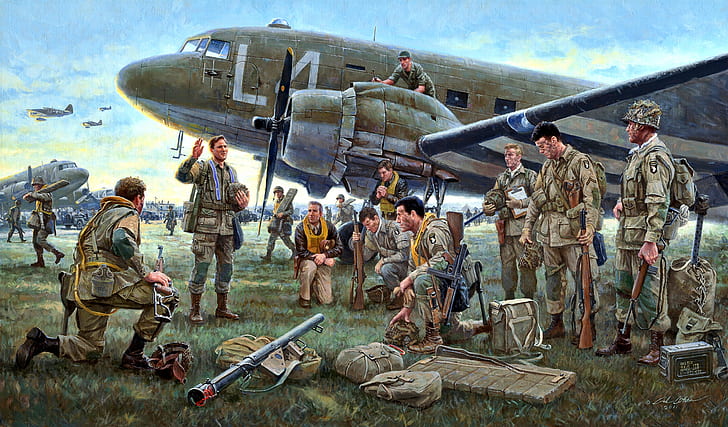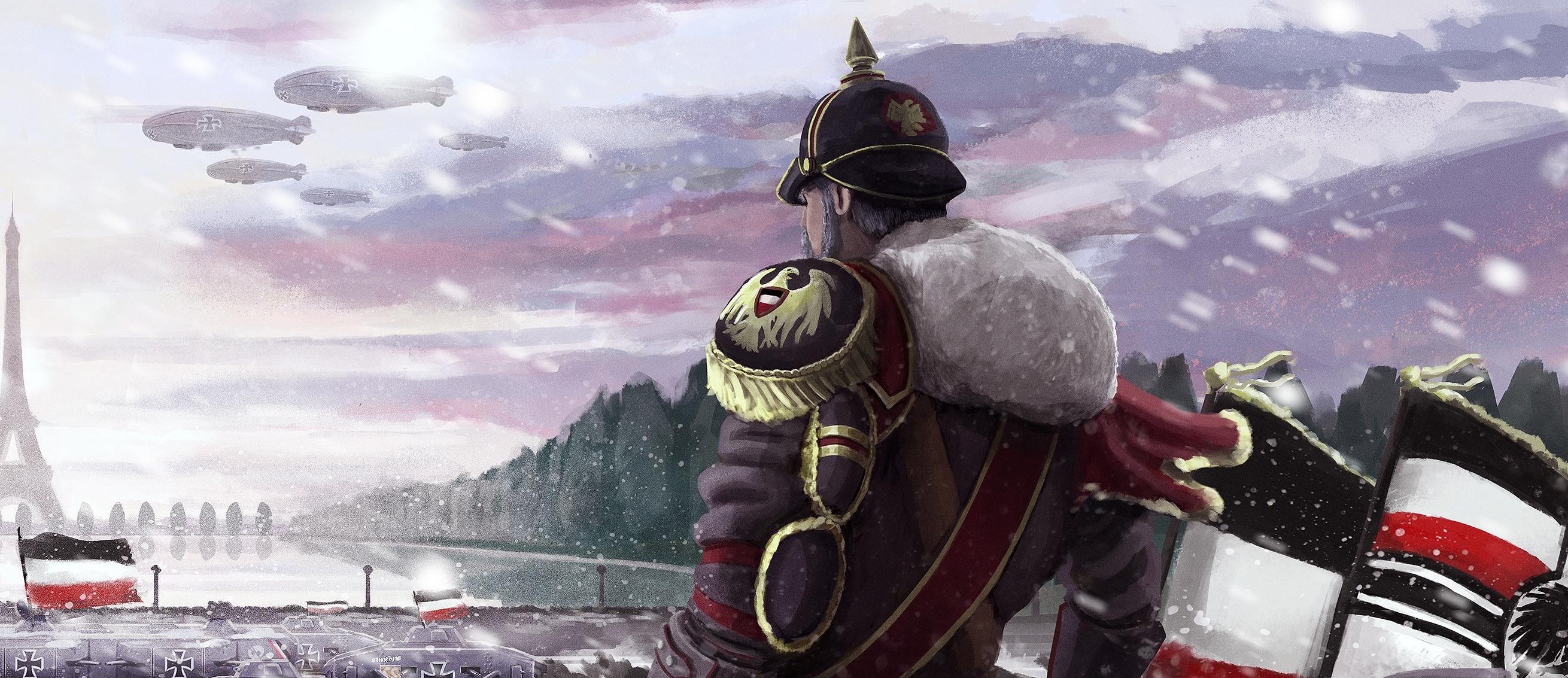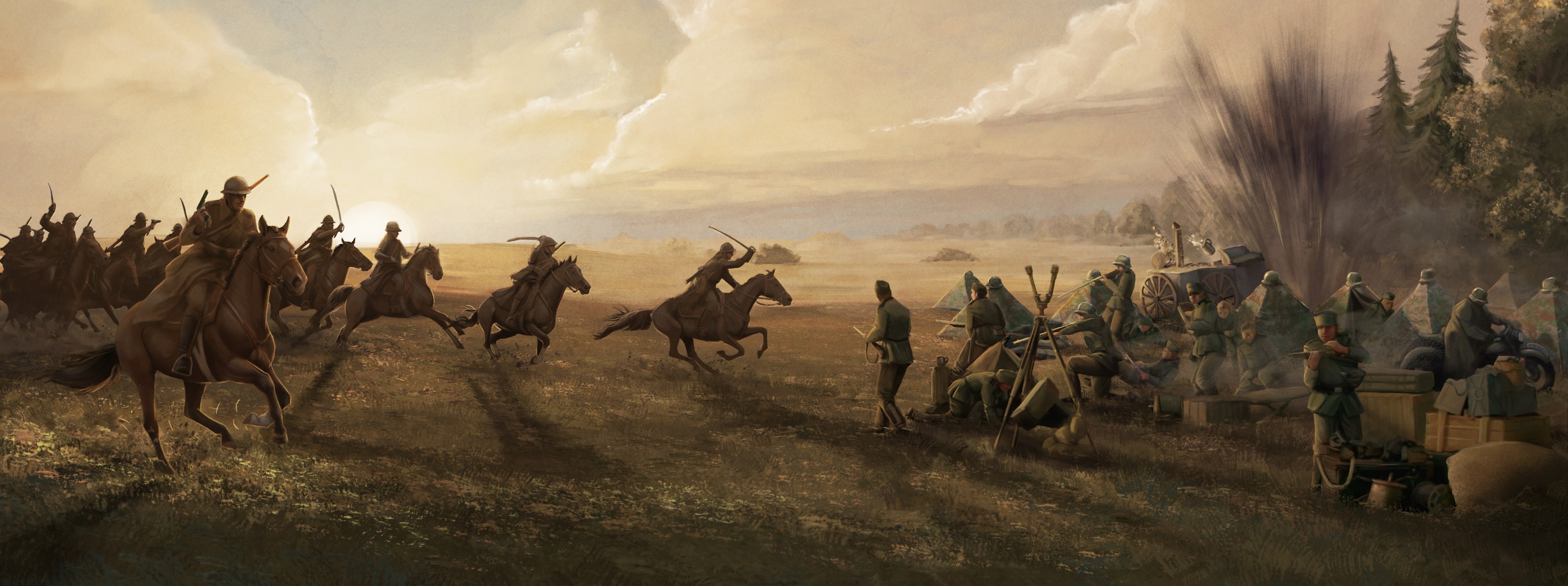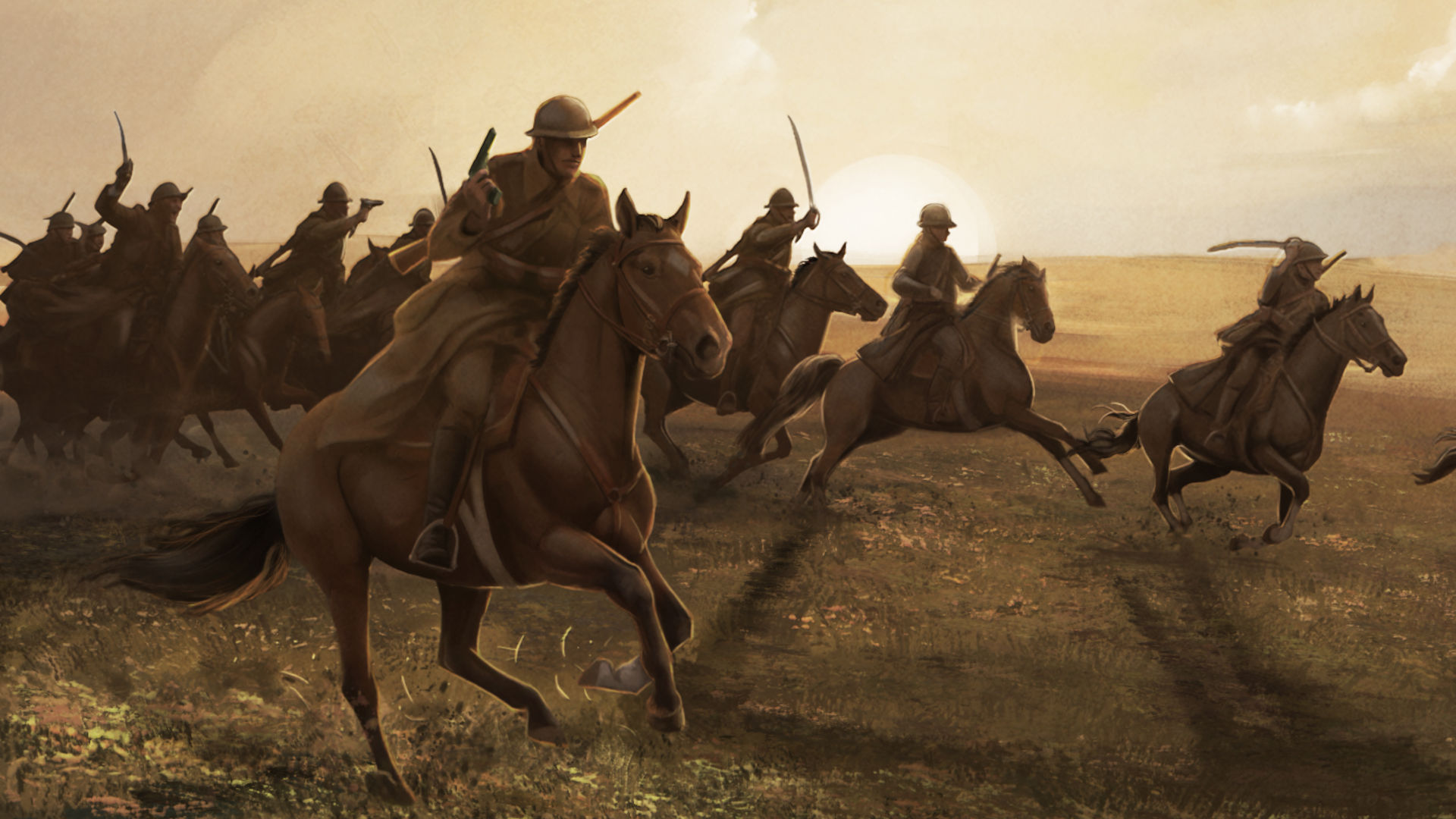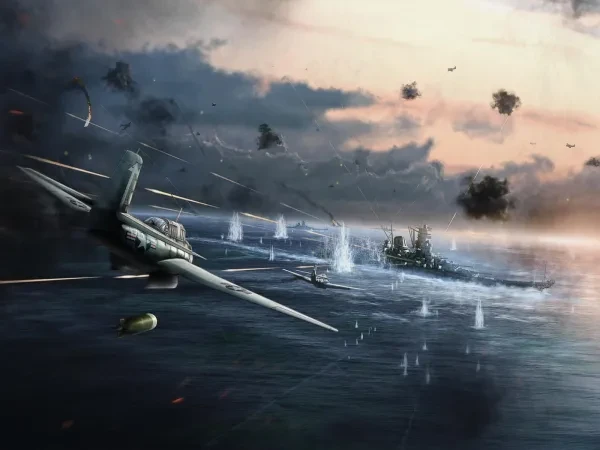
In this article, we’ll be digging through 10 great aircraft designs, their benefits, and a small analysis of their usage. In the newest DLC, By Blood Alone, an Aircraft Designer feature has been added that is somewhat similar to the ship designer in the Man the Guns DLC. Please note that this ranking is not in any particular order and may be adjusted to fit your playstyle.
Early Game Medium Bombers (1936)

Why this Design is Great:
- Good against underdeveloped nations
- Produces tons of ground attack
- Is an effective early game bomber (provided air superiority is achieved)
- Will boost your air experience by tons when used properly.
- Slightly cheaper than the default early game medium bomber
This build is an early-game exploit designed mainly around civil wars, especially the Spanish one. The goal of this build is to simply inflict as much damage as possible on enemy units, infrastructure, and buildings. With the amount of attack produced by this design, you should expect a steady stream of Air XP, which is never a bad thing to have as it allows you to progress down a tree much faster than the AI. Just be aware that without proper air superiority, this design will not last long.
Slightly Early Game Fighter (1937)

Why this Design is Great:
- Good range and speed for a fighter plane
- Relatively low production costs will allow this to be produced in bulk.
- Good agility value can be increased with the right designer and doctrine.
- It works well in its role as the main fighter plane (in the early game).
- The thrust value is fair for what we’re trying to accomplish.
Looking at this early game design, the simple goal of this build is to build as much of it as possible and use it to overwhelm any enemy fighters in the air. This fighter design should be able to carry the burden for you early in the game as you look to establish air dominance over enemy skies. Ideally, it’d be wise to keep this design as it is, as we're looking to maintain a good range value.
Main Fighter Plane (1939/1940)

Why this Design is Great:
- Good thrust provides a decent speed for this airplane design.
- Air attack and air defense are both at a good rate, which will help in dogfights.
- Agility remains noticeably high, a sorely needed value when it comes to engaging enemy fighters.
- Production can be dealt with easily by 1939 and 1940.
- Can be further boosted with the correct doctrine and designer company.
An upgrade to the previous plane design, this one aims to add more armor plates and machine guns, as it looks to be your go-to design in 1939 and beyond. With the new additions, this plane has become more of a threat to enemy air forces looking to contest your air superiority, though with the agility and attack of this plane, enemy air forces should not be posing that much of a threat in the years 1939 and 1940.
Late Game Rocket Fighter (1941+)

Why this Design is Great:
- Can work in a dual role as a fighter and a close air support unit.
- Strong agility means that it will outduel most enemy aircraft.
- Production costs are marginally lower than the previous design.
- Air defense and air attack value remain good for their purpose.
- No loss in thrust compared to the previous design means agility remains the same.
A converted design compared to the previous one, this design makes use of rocket artillery to provide the fighter plane with close air support capabilities while not hindering their agility. The prevention of loss in agility has ensured that this plan is a great point to jump into by the midgame and that it can serve in a versatile role.
Mid-Game Close Air Support (1938)

Why this Design is Great:
- A great ground attack means enemy forces should be easily wiped out.
- Contains anti-tank guns in order to counter enemy armored vehicles.
- Good range allows this fighter unit to launch from a faraway base or towards a top secret enemy base.
- Production cost is manageable given that this design should work by 1938-1940.
- The main speed is at a good pace as it can go anywhere at a good speed.
Mixing a bit of close air support and anti-tank capabilities, this design looks to deliver an easily produced close air support unit that can eliminate both enemy infantry and armored units. Given the good ground attack, we don’t doubt this unit's capabilities so long as they’re supported by fighters maintaining air dominance, as this plane cannot engage in dogfights with the enemy.
Cheap Naval Bomber (1938)

Why this Design is Great:
- Really cheap to produce, it can be mass produced with only a few factories assigned.
- Is very good for its role of simply sinking enemy ships and damaging ports.
- Naval attack and targeting get bonuses thanks to the float and dive breaks.
- Can be improved by utilizing the right high command staff, designer company, and doctrine.
- Contains surface and submarine detection, which will surely help you locate enemy forces faster.
Now, this design is purely set with the goal of mass producing it like you’re the Soviet Union and simply dumping it in any waters that you need to rid of the enemy. While this design cannot last long against enemy fighters, they have a much different story against enemy ships, as their design was made to do as much damage as possible to enemy naval and aerial forces.
Anti-Support Plane Fighter (1940)

Why this Design is Great:
- Has one of the highest air attacks possible.
- Agility is a terrific value, which means it can dodge enemy attacks better.
- Great in its goal of eliminating enemy support planes.
- Offers further upgradeability with the right tools.
- Strong range means it can be stationed further away.
This plane design has one single purpose: to take out enemy bombers, close air support, and naval bombers. With a really high air attack, it can do this job quite quickly, provided you’re prepared to invest heavily in its production as it has a rather high cost. Still, having tons of these planes means that the air war will heavily tip towards your side.
Main CAS Plane (1940)

Why this Design is Great:
- Some terrifying ground attack value can be found in this plane.
- Long range means it can be stationed farther away from the frontline and still influence the action.
- Agility value remains decent and can save some planes in the right circumstances.
- It should be easy for a group of these planes to wipe out the enemy.
- Offers further upgradeability in these parts.
The best close air support design you can find so far, this design’s goal is to deliver a high ground attack when used in close air support missions and pound the enemy forces into oblivion. With a ground attack value of 22, this design has good potential to build upon (especially with the right tools).
The Only Carrier Naval Bomber (1940)

Why this Design is Great:
- Easy to produce, as evidenced by its production cost.
- A good naval attack means it will be able to do a great deal of damage to enemy ships.
- Naval targeting remains high and will not pose an issue as your planes seek the enemy naval force.
- Upgradability is allowed following the right political advisor, designer, doctrine, and technology.
- Can be mass produced as early as 1936.
When building a carrier naval bomber design, it’s best to remind oneself that sometimes, the simple design is best and that a naval bomber with the bare minimum will still be able to do the right amount of damage against enemy ships.
The (RP-mostly) Strategic Bomber (1940)

Why this Design is Great:
- Good armor value means that these planes can take on more damage.
- Strat Bombing is extremely valuable.
- Good speed and range mean it will be able to hit most enemy cities.
- Can be upgraded in the near and long future.
- Strong air defense should be good enough to repel enemy attacks.
Now, this is undoubtedly a RP-focused choice, as the staggering production cost makes producing multiple bombers a challenge for any nation in the early stages. Still, a strong benefit to this design is that the bomber is pretty sturdy on its own and capable of raining hell on enemy strategic locations.

